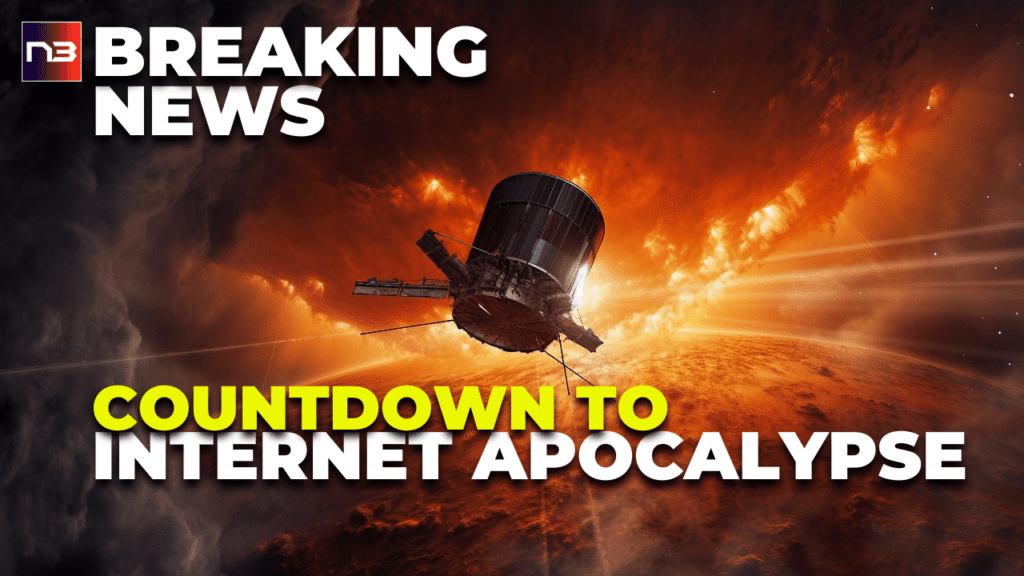The digital apocalypse is knocking at our door, the silent screams of social media, Netflix, and our beloved online portals could be silenced forever. But NASA’s audacious Parker Solar Probe takes the fight to our fiery nemesis, the sun, plunging into solar winds with a fearless resolve. The insights unearthed may be our only hope against the global technological blackout, the grim harbinger of an era without screens. Bold, daring, and with the fate of our digital universe at stake, this audacious mission forms our bulwark against the looming chaos.
Our existence, dominated by the digital realm, finds itself under a daunting threat: a possible “internet apocalypse.” This chilling scenario is not science fiction but a real and present danger, a solar storm that could send humanity spiraling into a technologically devoid dark age.


The visionary scientists of NASA launched the Parker Solar Probe (PSP) five years ago, its mission—nothing less than to save the internet. The spacecraft’s journey took it closer to the sun than any man-made object before, defying searing heat and intense radiation to study the source of our impending doom: solar winds. This constant stream of charged particles, belching out from the sun’s corona, holds the potential to wreak unimaginable havoc on our digitally tethered lives.
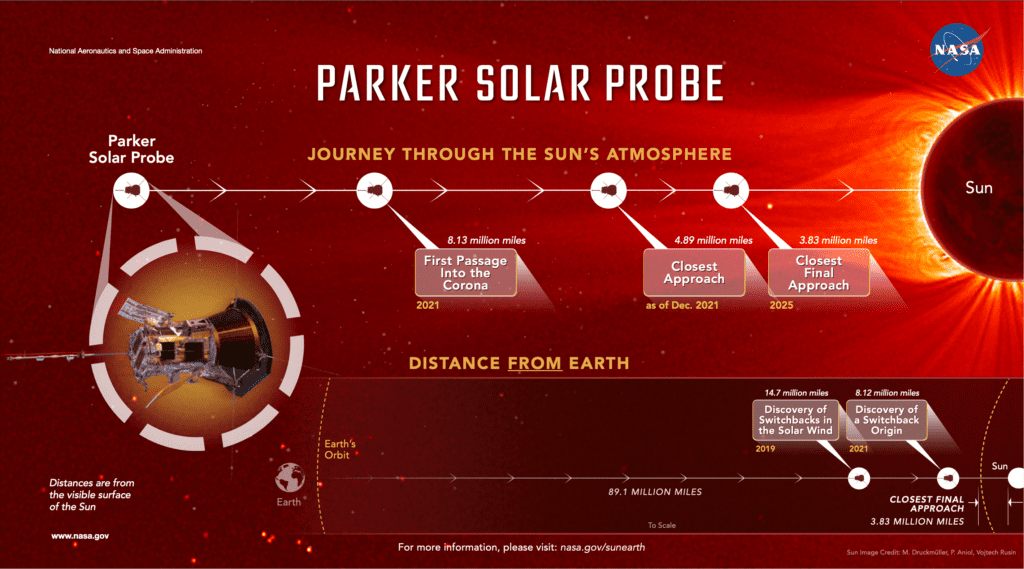

Professor Stuart Bale, leading the study of the PSP’s findings, underscores the critical nature of understanding solar winds. They carry vital data from the sun to earth, directly impacting our technological existence, and driving geomagnetic storms—the digital reapers of our communication networks.
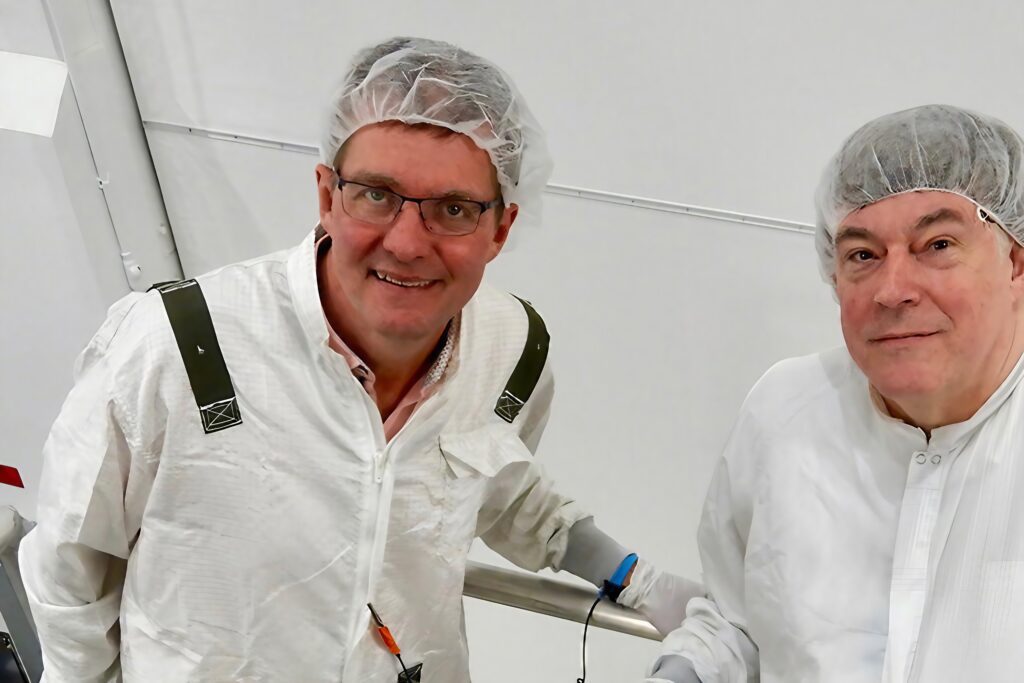

Should such a storm occur, the world as we know it would be altered irrevocably. A global loss of internet access for months or years could follow, paralyzing our modern way of life. Our satellites would be rendered useless, and power lines would fall silent.
Bucking the intense heat and radiation, the Parker Solar Probe’s advanced instrumentation penetrated the heart of the solar winds. It detected the intricate subtleties lost as the winds escape the corona, marking an unprecedented milestone in solar research. The process, the U.S. research team suggests, could be likened to discerning individual jets of water from a showerhead, even as the water bombards you.
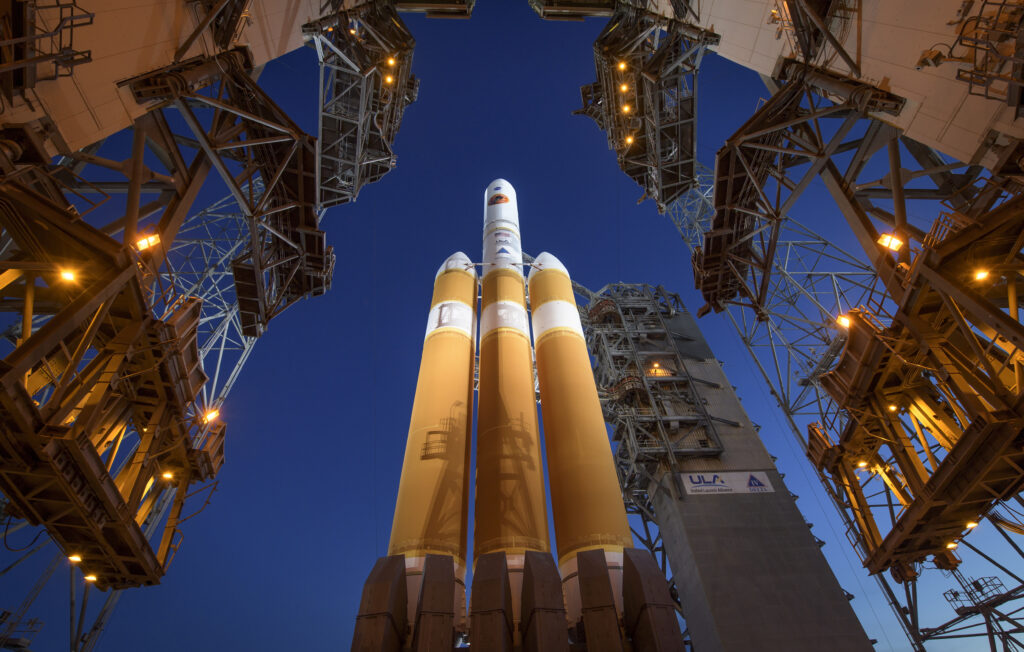

The gathered data led to the discovery of ‘supergranulation flows’ within coronal holes, the magnetic field hotspots. These regions are now considered the genesis points for high-speed solar winds. Though these holes usually lie at the sun’s poles and pose no direct threat to us, their behaviour shifts dramatically during the sun’s active phase. Every 11 years, the sun’s magnetic field flips, and these holes can appear anywhere on the sun’s surface, spewing deadly solar wind gusts straight at us.


The PSP’s findings have been monumental in understanding solar storms and their potential impacts. We’ve learned that coronal holes act as solar ‘showerheads,’ spewing jets from bright spots where magnetic field lines funnel into the sun’s surface. When oppositely directed magnetic fields clash within these funnels, they break and reconnect, hurling charged particles away from the sun.
Our solar probe also detected the presence of extraordinarily high-energy particles zipping up to 100 times faster than the solar wind. This unusual wind, the researchers conclude, can only be formed through a process known as magnetic reconnection.
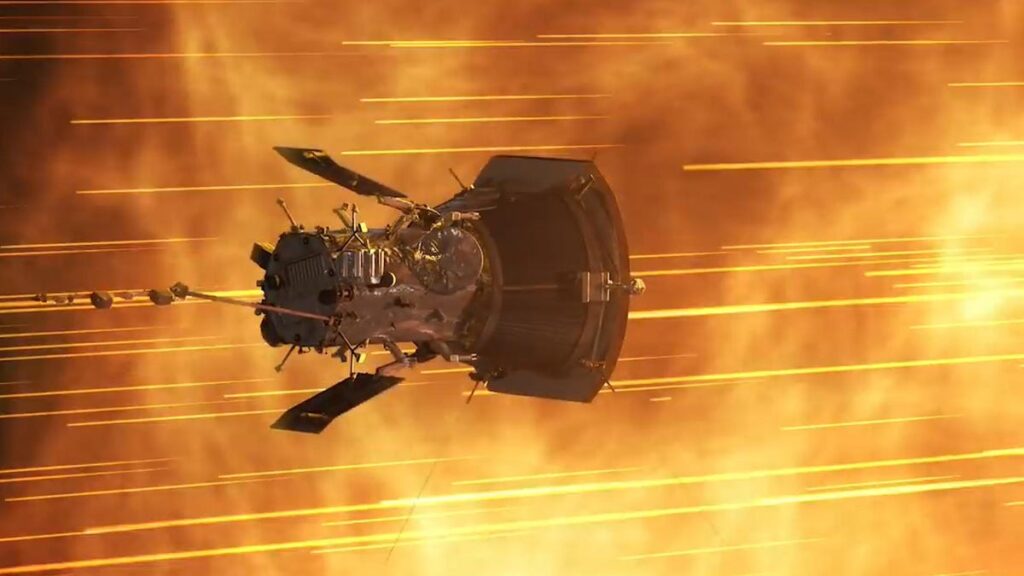

The PSP, still looping closer to the sun with every passing, continues its pivotal mission, gathering vital measurements and data at breakneck speed. Shielded by thick heat panels, the spacecraft follows a swift entry and exit strategy, valiantly braving the sun’s unforgiving inferno.


We stand on the precipice of a terrifying new era, where a solar storm could cast our digitally tethered lives into chaos. We face months, maybe years, of digital blackout. Yet, amid this impending threat, NASA’s Parker Solar Probe emerges as our beacon of hope. Journeying closer to the sun than ever before, it’s gathered invaluable insights into the sun’s workings—knowledge that could protect our way of life. This mission, fraught with danger, represents our best hope to thwart an internet apocalypse. The probe’s courage under fire serves as an apt metaphor for humanity’s resilience and our determination to safeguard our future against any odds.
